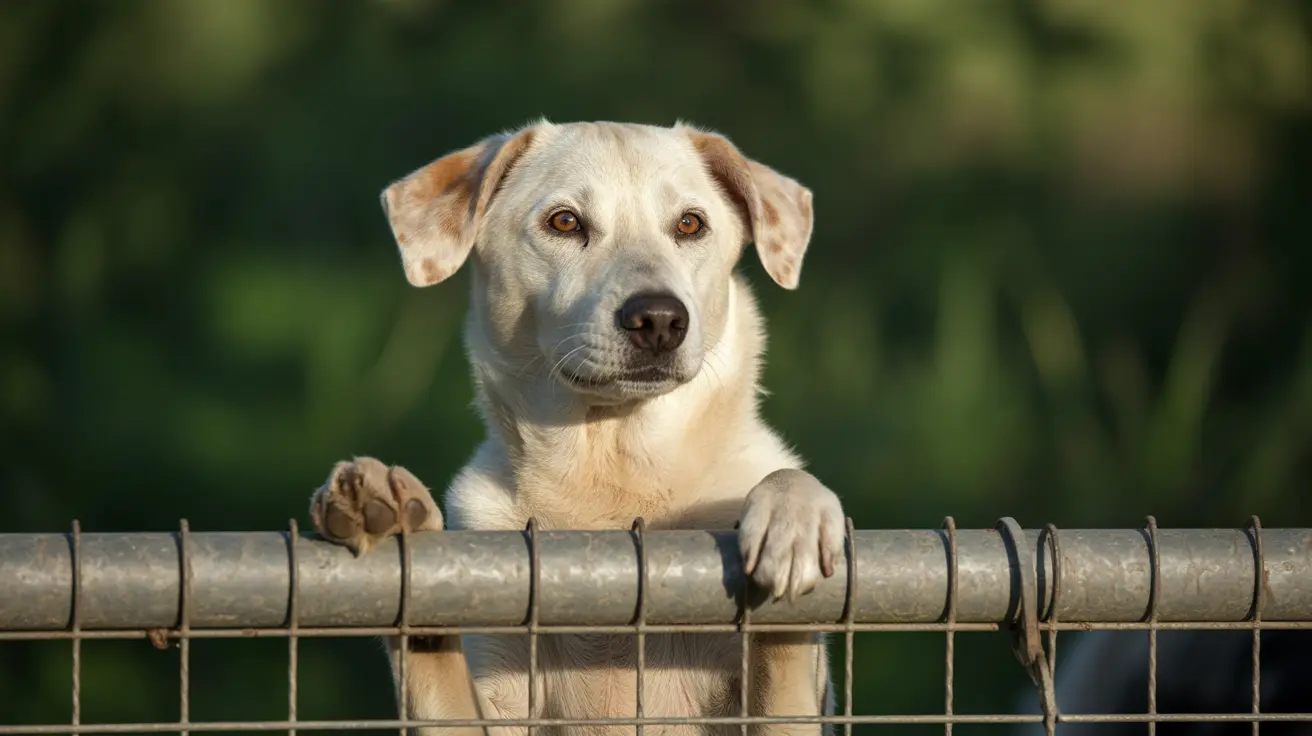Understanding What a Dog Wart Looks Like
Dog warts, also known as canine papillomas, are common skin growths found in dogs of all ages, though they are particularly prevalent in younger or immunocompromised dogs. These growths are typically benign but can be concerning to pet owners unfamiliar with their appearance. Knowing how to identify a dog wart is crucial for proper pet care and early veterinary intervention if needed.
What Are Dog Warts?
Dog warts are caused by the canine papillomavirus. These are contagious growths and usually occur when a dog has a weakened immune system or is still developing immunity. Although warts may appear alarming, they are rarely dangerous and often resolve on their own.
Typical Appearance of Dog Warts
Dog warts can vary in appearance depending on their location and size. However, they tend to share some key characteristics:
- Color: Flesh-colored, pink, or slightly darker than the dog's skin.
- Texture: Rough and cauliflower-like surface.
- Size: Ranges from a few millimeters up to a centimeter in diameter.
- Shape: Round or irregular with a lumpy texture.
- Location: Commonly found on the lips, inside the mouth, around the eyes, belly, or paws.
Some warts may appear as a solitary bump, while others occur in clusters, especially in the oral cavity.
Types of Canine Warts
- Oral Papillomas: Located inside the mouth, common in young dogs, and often appear in clusters.
- Cutaneous Papillomas: Found on the skin’s surface, these are singular or multiple, often appearing on feet, face, or abdomen.
- Inverted Papillomas: Develop under the skin and appear as firm, smooth nodules.
Distinguishing Warts from Other Skin Growths
Dog warts can often be confused with other skin conditions such as:
- Skin tags: Soft, flesh-colored growths that dangle from the skin.
- Sebaceous cysts: Small lumps filled with oil or pus appearing under the skin.
- Tumors: Potentially serious growths that may be irregular, change rapidly or ulcerate.
If a growth changes color, bleeds, or causes discomfort, consult a veterinarian to rule out malignant conditions.
When to See a Veterinarian
Though generally harmless, veterinary evaluation is recommended if:
- The wart bleeds, grows rapidly or changes color.
- Your dog scratches or bites it excessively.
- It interferes with eating, walking, or other activities.
- You suspect it's not a wart but another type of skin growth.
A vet may confirm a diagnosis through visual inspection or, in ambiguous cases, a biopsy.
Treatment Options for Dog Warts
Most warts resolve within a few weeks to months without treatment. However, treatment may be necessary if warts cause problems:
- Cryotherapy: Freezing off the wart with liquid nitrogen.
- Surgical removal: For large or persistent growths.
- Laser therapy: Less invasive and good for multiple warts.
- Immune-boosting medications: To help the body fight off the virus.
Preventing Dog Warts
Complete prevention isn't always possible but following good practices helps:
- Good hygiene: Regular bathing and grooming.
- Avoid high-contact dog areas if your dog has a known weakness in immunity.
- Healthy diet and exercise: Boosts the immune system.
Conclusion
Dog warts may look concerning but are generally harmless skin conditions that dogs can develop throughout their lives. They typically present as flesh-colored, cauliflower-like growths and appear on the mouth, paws, or body. Still, any new or unusual growth should be assessed by a veterinarian to ensure it's not something more serious. Understanding what a dog wart looks like empowers pet owners to act promptly and with confidence, ensuring their furry companions stay healthy and comfortable.





